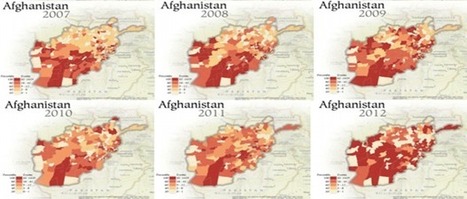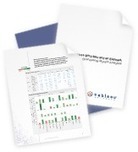"Research papers and data products are key outcomes of the science enterprise. Governmental, nongovernmental, and private foundation sponsors of research are increasingly recognizing the value of research data. As a result, most funders now require that sufficiently detailed data management plans be submitted as part of a research proposal. A data management plan (DMP) is a document that describes how you will treat your data during a project and what happens with the data after the project ends. Such plans typically cover all or portions of the data life cycle—from data discovery, collection, and organization (e.g., spreadsheets, databases), through quality assurance/quality control, documentation (e.g., data types, laboratory methods) and use of the data, to data preservation and sharing with others (e.g., data policies and dissemination approaches). "
Research and publish the best content.
Get Started for FREE
Sign up with Facebook Sign up with X
I don't have a Facebook or a X account
Already have an account: Login
A few things the Symbol Research team are reading. Complex Insight is curated by Phillip Trotter (www.linkedin.com/in/phillip-trotter) from Symbol Research
Curated by
Phillip Trotter
 Your new post is loading... Your new post is loading...
 Your new post is loading... Your new post is loading...
|
|



















Good article - along with workflows - data management lifecycle and scientifiic workflow lifecycle management are critical in quality research and likely gowth areas in lifesciences tech for quite some time. Worth reading.